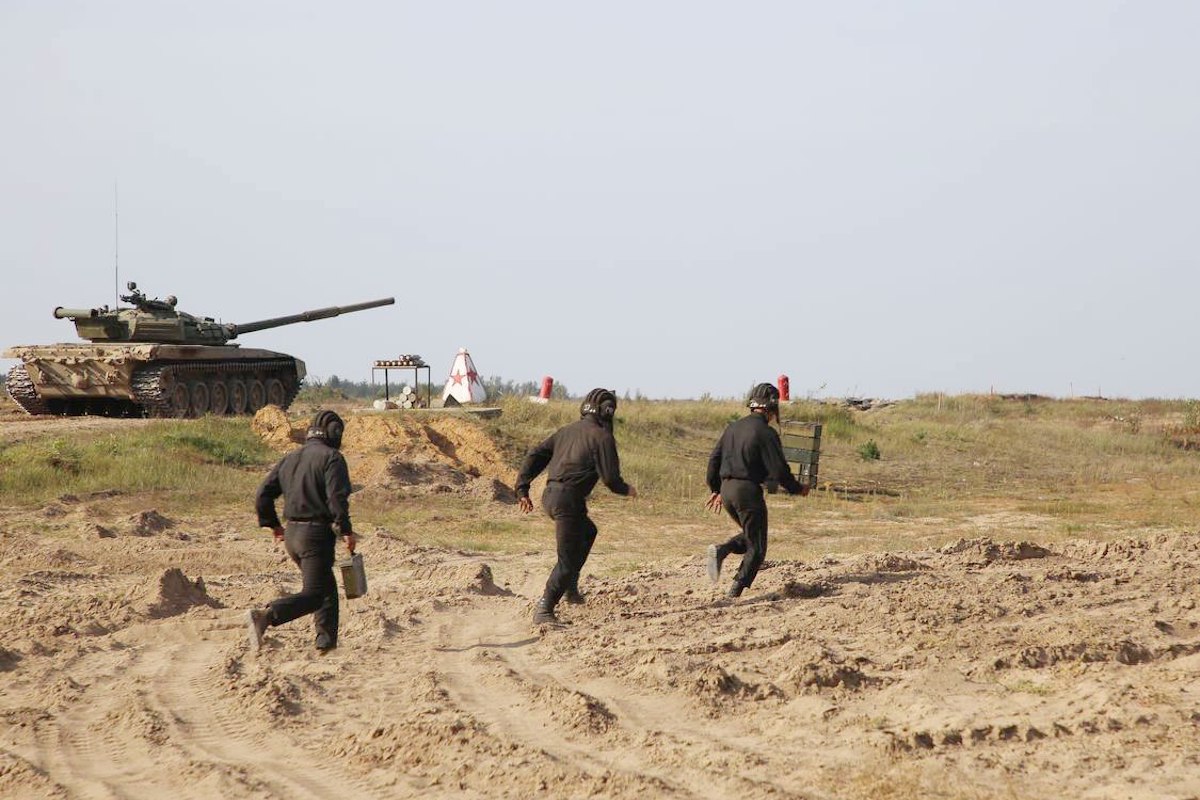Belarus conducts its own comprehensive exercises instead of canceled “West” and “Union Shield”
 The situation has not changed
The situation has not changed

Belarus is currently conducting its own comprehensive military exercises instead of participating in the previously planned joint maneuvers with Russia known as “West” and “Union Shield,” which were canceled. The Belarusian Armed Forces are currently engaged in large-scale and multifaceted exercises. These exercises are notable for their two-sided approach, despite official claims that they are purely defensive in nature. In practice, the exercises include elements of both defensive and offensive actions, based on lessons learned from the Russian-Ukrainian war. Furthermore, the exercises involve command post simulations with territorial defense forces and the people’s militia, which also encompass the practice of martial law measures. This suggests that the Belarusian Armed Forces are actively preparing for real military operations and the possibility of being involved in a conflict.
The comprehensive bilateral exercise with the Belarusian Armed Forces began on September 22 and is scheduled to continue until September 26. These exercises were organized as a substitute for the canceled joint Belarusian-Russian exercises “West-2023” and “Union Shield-2023,” originally planned for late September. The primary goal of these exercises is to enhance the readiness of military command and control units within operational formations to maintain continuous control over subordinate forces and assets during combat operations. The exercises are being conducted across several stages at various training grounds and terrains, mainly in the Brest, Grodno, and Minsk regions. The exercise concept incorporates modern approaches to troop deployment based on experiences from recent armed conflicts.
The exercises include the improvement of the command and control system for troops and weaponry, with a strong focus on creating a complex and dynamic environment across three different areas. This complexity requires participants to make unconventional decisions to defeat a simulated enemy, maneuver their own forces, and control key points in rapidly changing scenarios. There is also a strong emphasis on reducing the decision-making cycle to engage identified targets. Additionally, the exercises contribute to the development of Belarus’s operational territory as part of state defense.
The General Staff of the Belarusian Armed Forces asserts that these exercises do not pose a threat to neighboring countries. The primary objective is to enhance national defense capabilities and troop readiness. Allegedly, the number of participants in the exercise does not exceed the limits set by the Vienna Document 2011.
It is known that various units, including the 6th, 11th, 19th, and 120th mechanized brigades, the 50th mixed air base, the 51st artillery brigade, the 74th communications regiment, the 147th anti-aircraft missile regiment, the 250th separate security and maintenance battalion, the 336th rocket artillery brigade, and others are participating.
According to the official version, the troops are primarily practicing defensive operations. However, the unique aspect of these exercises is their two-sided nature, with a real and designated enemy. This allows for decisions to be made based on the current situation, enabling practical countermeasures and drawing conclusions from enemy actions.
Additionally, from September 22 to 25, a command post exercise is taking place with territorial defense forces in the Mogilev region. This exercise involves officials from regional executive committees, military commissariats, and those liable for military service in the Mogilev, Osipovichi, and Chausy districts. It also includes two militia detachments. The territorial defense forces are focusing on securing and defending critical facilities, implementing martial law measures with militia units, countering enemy sabotage and reconnaissance groups, including live artillery fire exercises at the Osipovichsky training ground.
Ukrainian forces along the border have heightened their vigilance due to these exercises. While they do not represent a direct military threat, they are regarded as a potential danger. In response, Kyiv is preparing the Armed Forces of Ukraine for an appropriate response. If the threat escalates, additional forces may be deployed, although at this stage, “stabilization groups” near the Belarusian border have been readied. Meanwhile, Ukraine continues to fortify its border with Belarus, with more than 2,000 mines laid, over 3,000 meters of trenches dug, and approximately 2,500 meters of an anti-tank ditch excavated in just one week.
Subscribe to our newsletter




Situation in Belarus
Constitutional referendum: main consequences


 Video
Video
How to count the political prisoners: are the new criteria needed?


 Video
Video
Paternalism In Decline, Belarusian Euroscepticism, And The Influence Of Russia


 Video
Video












